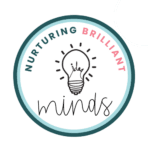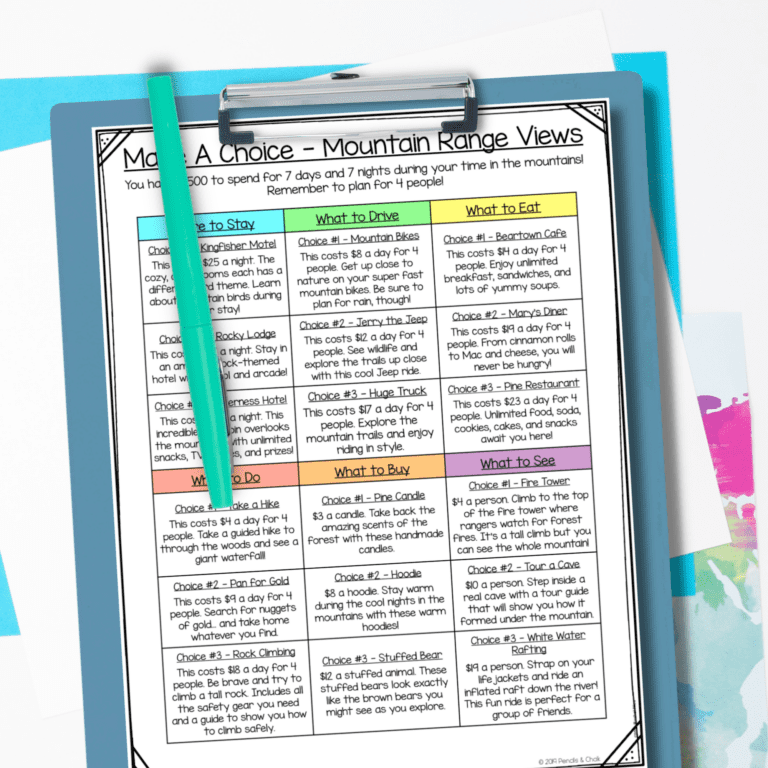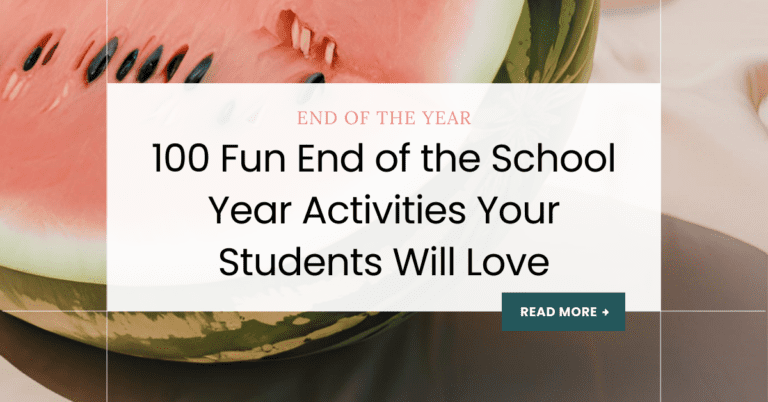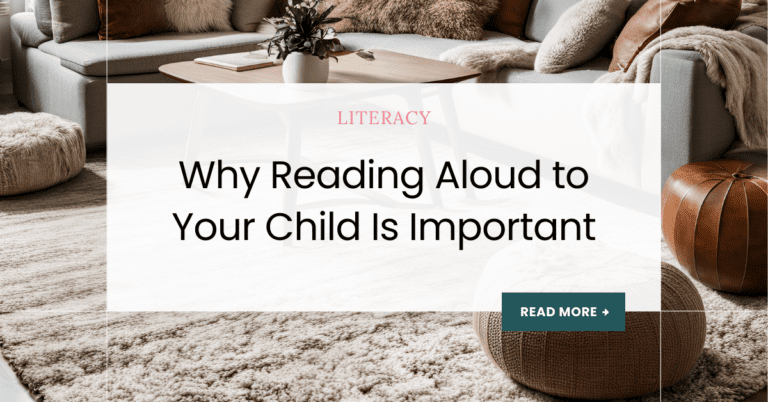Sight words. If you’re an early childhood educator you are extremely familiar with sight words and their importance.
If you are a new-to-homeschool parent or the parent of a child in early elementary, you may not be as familiar with what they are and why they are important.
What ARE sight words?
They’re exactly what they sound like; Words that a reader should be able to look at and read by sight. These words don’t follow normal phonics rules, so children cannot accurately sound them out.
Because many sight words don’t follow basic phonics rules, these words can be very frustrating to a beginning reader.
An example of this would be the word ‘of.’ If a child were to sound this word out, using phonics rules, they would read the word as ‘off.’
However, English being the trickster that it is, we actually pronounce the ‘f’ in ‘of’ as a ‘v’ sound. Not ALL sight words break the phonics rules (think of words like ‘up’ or ‘three.’)
However, another criterion for words that are placed on lists such as Dolch or Fry is how often they occur in the English language.
So, these high frequency + tricky words are usually the words introduced to early readers as sight words.
Why are they important?
Reading involves 2 main parts.
- Decoding (or sounding out the phonetic sounds)
- Comprehension (understanding what you just read)
In order to be a fluent reader, you need to have both skills mastered.
If a child is spending all of their time and energy decoding every single word they encounter, they will read more slowly. They also are less likely to remember what they have read because they’ve exerted so much of themselves sounding out words.
Plus, knowing those ‘tricky’ words that don’t follow the rules frees up some brain power to decode words that DO follow the rules. This helps children progress and read more and more complex texts.
This boosts comprehension and helps children retain more complex concepts as they practice their reading skills.
Being able to recognize and quickly read sight words is important. And, understanding how to use them in speech, reading and writing is also important!
How can I teach sight words?
Just like many concepts in school; there IS a time for them to simply be memorized. However, it’s important not to default to having your child memorize a list of words or flashcards without using them in context.
If a child knows all of their sight words but does not understand the correct usage, they don’t truly know them.
Flashcards and memorization have their place within instruction. But, this DOES mean that it’s equally important to make sure that children are not learning sight words in isolation, but rather looking for them in longer pieces of text.
A few strategies you can try to help with sight word mastery are:
- Give students highlighters and have them go through a short text passage and highlight particular words
- Use sticky notes or flags while reading to mark new or tricky words
- Word searches are also a great way to reiterate these words because students need spelling and recognition skills
- Use hands-on manipulatives, such as letter tiles, sand, or play-dough to add engaging, fun practice
Looking for more?
If you’re looking for more, easy ways to teach sight words to your children, that don’t include a ton of prep, check out my No-Prep Sight Word Worksheets! These sheets are fun for students AND easy for you.
The worksheets practice 4 skills per word so your students can have lots of independent practice to master their sight words!
- Count = students count the letters in the word, then write the number
- Spell = students tap and say the letters, then say the whole word
- Trace = students trace the words
- Write = students trace the words, then finish the sentence
I also have similar worksheets available for 140 CVC words! These follow a very similar format, and also encourage children to work on rhyming skills!
It’s also important to remember that no matter what you’re teaching, learning does not always have to be elaborate. Just remember that anytime an activity is fun, children are more likely to truly grasp the concepts being taught.
What about you? What are some of your favorite ways to teach your children sight words?




